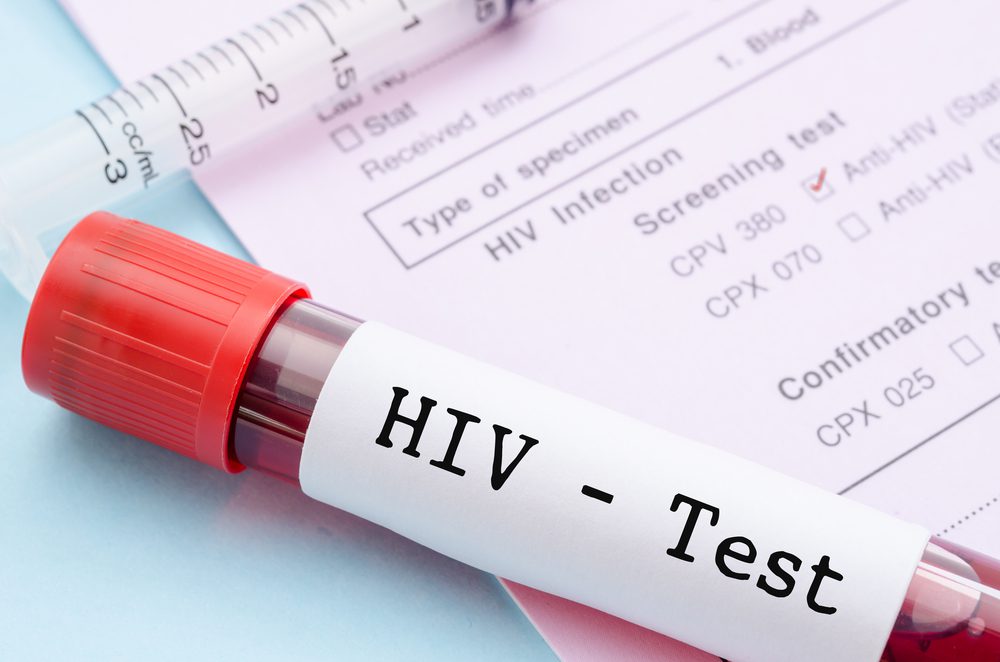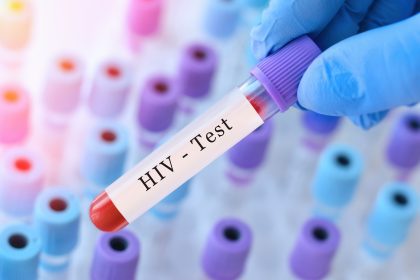Water fasting has emerged as a practice gaining attention in wellness circles, moving beyond traditional religious or spiritual contexts into mainstream health discussions. This deliberate approach to abstaining from all food while consuming only water requires careful consideration and preparation.
The science of liquid restriction
Cellular renewal mechanisms occur during extended periods without food. When the body enters a fasted state, it initiates autophagy—a process where cells clear out damaged components and regenerate healthier structures. This natural cleaning system appears most effective when the body relies solely on water.
Physicians note that the human body consists primarily of water—approximately 60 percent overall, with vital organs containing even higher concentrations. The brain maintains roughly 73 percent water composition while the heart registers about 83 percent. These statistics underscore water’s fundamental role in physiological function.
Metabolic adaptations during fasting periods
The metabolic shifts during water fasting extend beyond simple calorie restriction. After depleting readily available glucose, the body transitions to ketosis, burning stored fat for energy. This metabolic state provides the foundation for many reported benefits.
Research from metabolic health centers suggests this transition typically begins 16-24 hours after the last meal, depending on individual factors including physical activity levels, baseline metabolism, and previous dietary patterns. During extended fasts, some individuals report increased mental clarity—an evolutionary adaptation possibly designed to enhance focus during food scarcity.
Inflammatory response alterations
Systemic inflammatory markers often decrease significantly during properly conducted water fasts. Studies monitoring C-reactive protein levels and proinflammatory cytokines show measurable reductions after 48-72 hours of water-only consumption.
The inflammatory cascade, central to many chronic health conditions, appears particularly responsive to periodic complete food abstention. This mechanism may explain anecdotal reports of reduced joint discomfort, improved autoimmune symptoms, and enhanced cardiovascular metrics following structured water fasting protocols.
Researchers theorize that removing dietary antigens while simultaneously activating cellular cleanup processes creates a distinctive anti-inflammatory environment unachievable through other interventions alone.
Cardiovascular system improvements
Blood pressure readings frequently normalize during extended water fasts, particularly in individuals with previously elevated measurements. The combination of sodium reduction, decreased blood volume, and enhanced vascular responsiveness contributes to this effect.
Lipid profiles often show favorable shifts with reductions in LDL cholesterol and triglycerides. These changes, while initially temporary, may persist longer when fasting serves as a transition to improved eating patterns rather than an isolated event.
Endothelial function—the performance of blood vessel lining—demonstrates remarkable plasticity during water-only periods. The temporary elimination of dietary irritants allows vascular tissues to restore optimal function, potentially reducing long-term cardiovascular risk factors.
Hormonal equilibrium restoration
Insulin sensitivity enhancement represents one of the most well-documented benefits of water fasting. The complete absence of caloric intake allows insulin receptors to reset, often resulting in improved glucose handling even after the fasting period concludes.
Beyond insulin, other hormonal systems demonstrate adaptive responses. Growth hormone secretion increases significantly, potentially supporting muscle preservation despite caloric absence. Stress hormone patterns typically show initial elevation followed by normalization, reflecting the body’s adaptation to the fasting state.
For individuals with hormonal imbalances, properly supervised water fasting may provide a physiological reset opportunity, though this approach requires careful medical oversight rather than self-experimentation.
Essential considerations for implementation
Medical supervision remains paramount when attempting water fasts exceeding 24 hours. Individuals with existing health conditions, including diabetes, cardiovascular disease, pregnancy, or history of eating disorders should avoid extended fasting without explicit medical guidance.
The duration limitation deserves serious attention—fasts beyond 72 hours increase risks without proportionately increasing benefits for most individuals. The body requires consistent nutrient intake for optimal function, making extended water-only periods inappropriate for general wellness practices.
Electrolyte management presents another critical consideration. While water provides hydration, it lacks the essential minerals normally obtained through food. For fasts exceeding 48 hours, mineral water or carefully measured electrolyte supplementation may prevent dangerous imbalances.
Practical approach for beginners
Preparation fundamentally influences fasting outcomes. Gradually reducing food intake volume and transitioning to easily digestible options before beginning a water fast significantly improves the experience. This preparation phase should include increasing baseline hydration levels and removing caffeine to prevent withdrawal symptoms during the fast.
Physical activity requires thoughtful modification during water-only periods. Gentle movement practices like walking, stretching, or restorative yoga support circulation without excessive energy demands. High-intensity exercise becomes inappropriate and potentially dangerous during extended fasting.
Body awareness development represents perhaps the most valuable component of the fasting experience. Learning to distinguish between normal adaptation discomfort and warning signals requiring intervention builds an essential skill set for health self-management.
Post-fast transition strategies
Breaking the fast correctly holds equal importance to the fasting protocol itself. Reintroducing food gradually with easily digestible options prevents digestive distress and maximizes nutritional absorption. Small portions of fruit, vegetable broth, or fermented foods often serve as appropriate first meals.
The post-fast period provides an ideal opportunity for dietary refinement. The heightened taste sensitivity and digestive awareness that typically follow water fasting can facilitate more mindful eating practices and intuitive nutrition choices moving forward.
Many practitioners recommend viewing fasting not as an isolated event but as one component of a comprehensive approach to metabolic health—creating a cyclical relationship between periods of consumption and abstention tailored to individual needs and responses.
Water fasting, approached with appropriate knowledge and caution, offers a distinctive intervention in our modern health landscape characterized by constant consumption. By temporarily suspending food intake while maintaining hydration, individuals may access unique physiological mechanisms unavailable through other approaches. However, the practice demands respect for its potency and careful integration within broader health strategies rather than adoption as a standalone solution.













